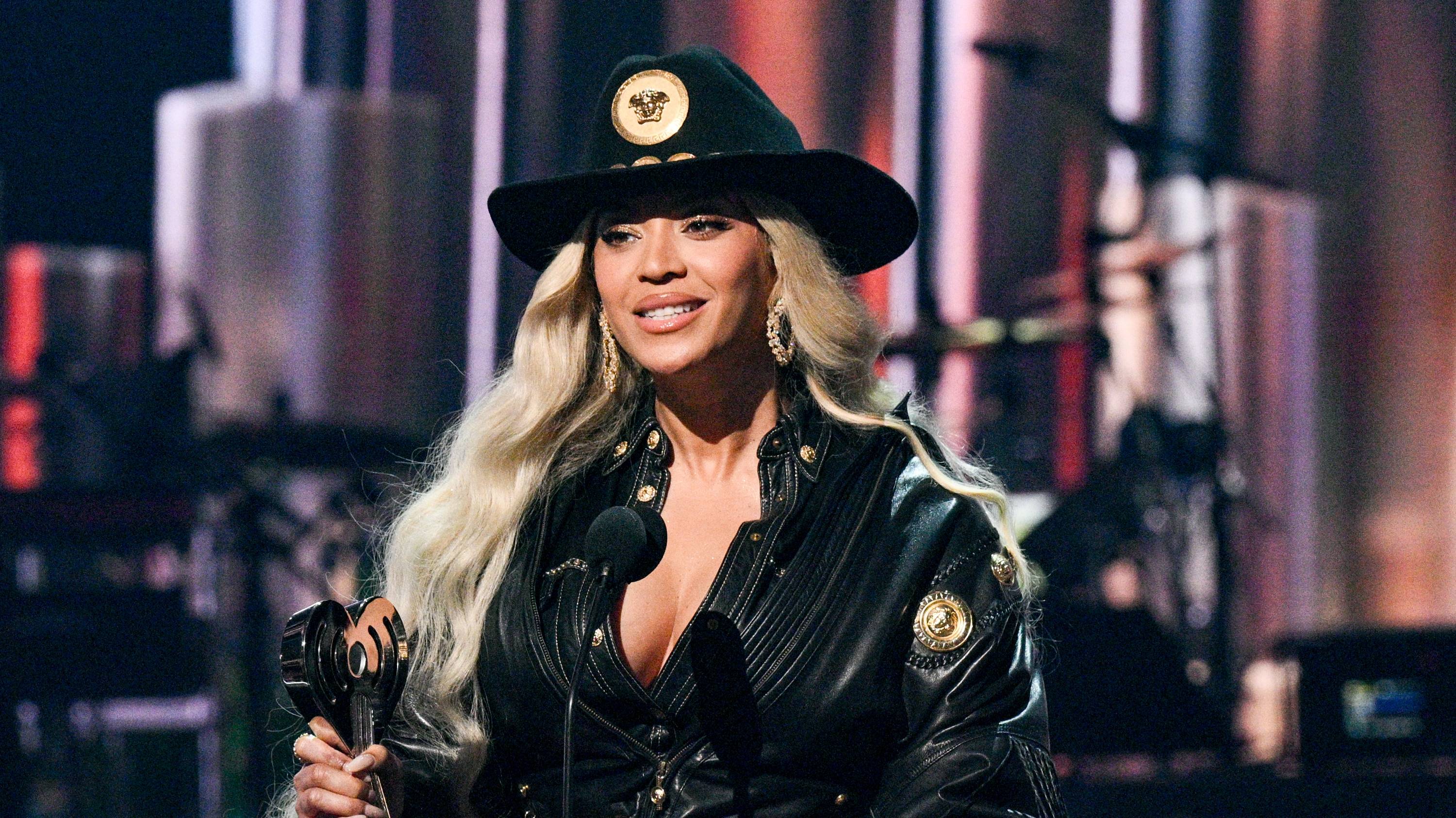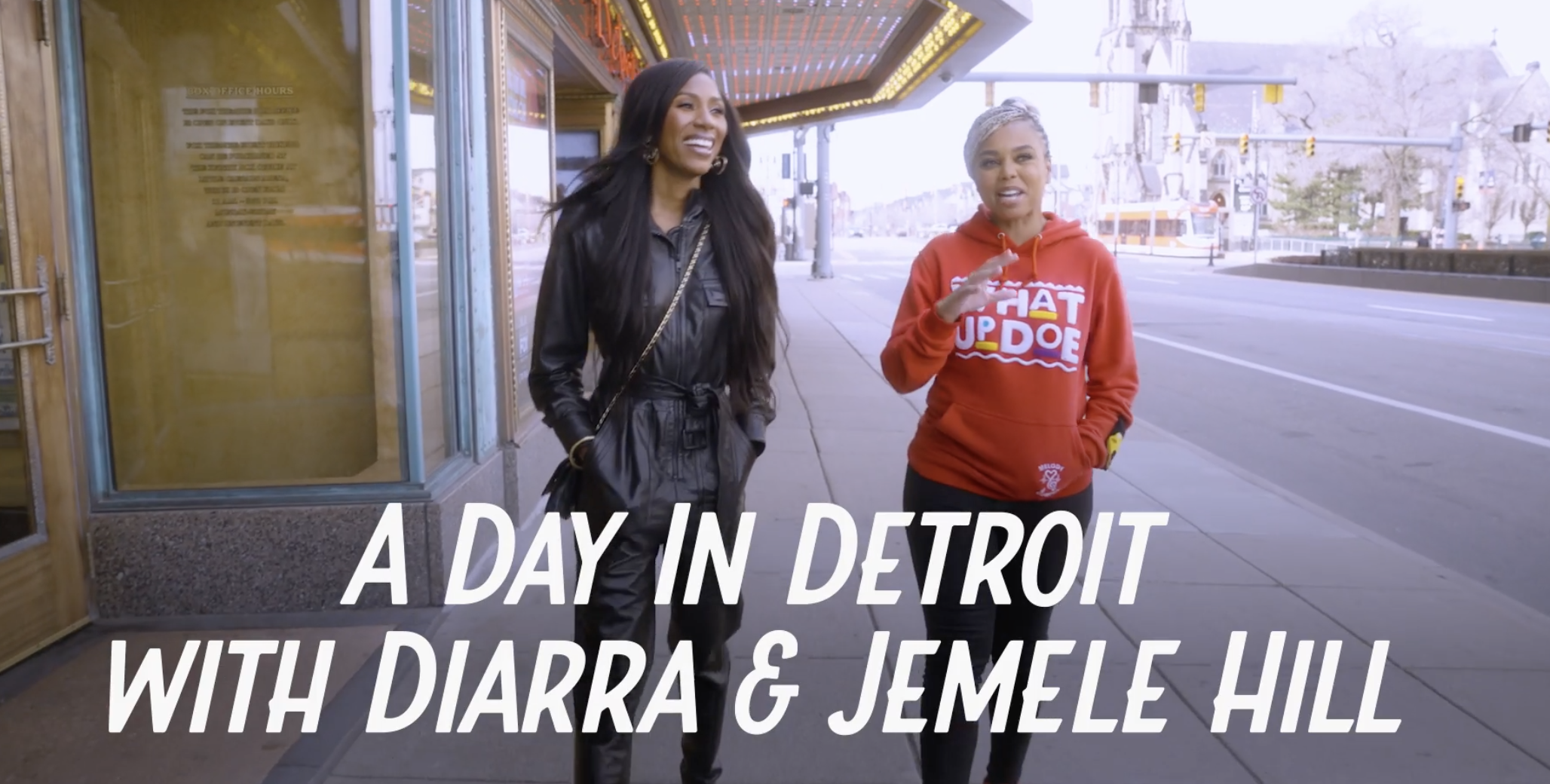The 411 on Leukemia

Last Friday, Etta James, 73, died of complications of leukemia in her Riverside, CA, home. The "At Last" singer, who was portrayed by Beyoncé in the film Cadillac Records, was also suffering from dementia and kidney problems. Last December, her doctor announced that her cancer was terminal.
James was one of the estimated 43,000 Americans who develop leukemia each year in this country.
Leukemia is a cancer of the blood cells and starts in the soft parts of our bones, the marrow. It’s the marrow that makes blood cells in our body. According to WebMD, in healthy people, our white blood cells help fight infections, our red blood cells carry oxygen to all parts of your body and our platelets help our blood clot.
But when you have leukemia, the bone marrow starts to produce a lot of abnormal white blood cells, called leukemia cells, which don't help fight infections. And, unfortunately, the leukemia cells grow faster than the normal cells. This abundance of cancer cells tend to overcrowd the cells and can lead to serious issues such as anemia (not enough healthy red blood cells), infections and internal bleeding. Not to mention, the cancer can spread to other parts of the body.
There are four common types of this cancer:
• Acute myeloid leukemia (AML):
• Acute lymphoblastic leukemia (ALL):
• Chronic myeloid leukemia (CML) :
• Chronic lymphocytic leukemia (CLL):
According to a 2011 study conducted by Stanford Cancer Institute, researchers found that while African-Americans are less likely to develop acute leukemia, they had a 17 percent higher chance of dying from it compared to whites.
There are many different forms of treatment of cancer — chemotherapy, targeted therapy, biological therapy, radiation therapy and stem cell transplant (bone marrow transplant). But bone marrow transplants are extremely expensive and there is a serious lack of donors of color in the registry. In the United States alone, there are 5 million whites in the registry compared to 500,000 African-Americans. These numbers factor into the reasons why 88 percent of white Americans in need of a bone marrow transplant find donor matches, and only 60 percent of African-Americans find a match.
To learn more about leukemia, testing and treatment, visit the Leukemia & Lymphoma Society's website.
Learn how to become a bone marrow donor here.
BET Health News - We go beyond the music and entertainment world to bring you important medical information and health-related tips of special relevance to Blacks in the U.S. and around the world.
(Photo: Mary Ann Thompson/Wikicommons)





